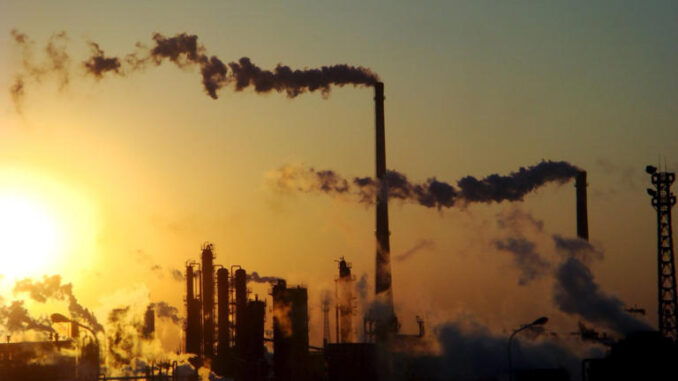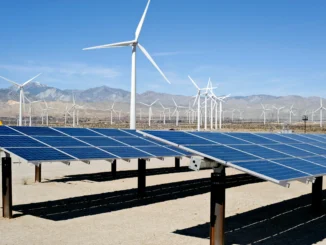
May 8 (UPI) — Pointing to the billions of dollars of what they said are health-related costs associated with pollution from the oil and gas industry, researchers called on the federal government to hurry up with new regulations to prevent further ailments in a study released Monday.
“Curbing oil and gas emissions is one of the fastest, most cost-effective ways to reduce methane and other air pollutants, which improves air quality, protects public health and slows climate change,” said study co-author Ananya Roy, a senior researcher at the Environmental Defense Fund, in a news release.
Roy was joined by scientists at Boston University and the University of North Carolina in writing details abut their study in the journal Environmental Research: Health, which suggests air pollution from the oil and gas sector has a “substantial” impact on public health.
The federal government early last year outlined a global plan along with the European Union that aims to reduce methane by 30% from a 2020 baseline by 2030.
Part of that effort includes $1.15 billion to clean up abandoned oil and gas wells, and another $1 billion to modernize the existing natural gas pipeline network.



